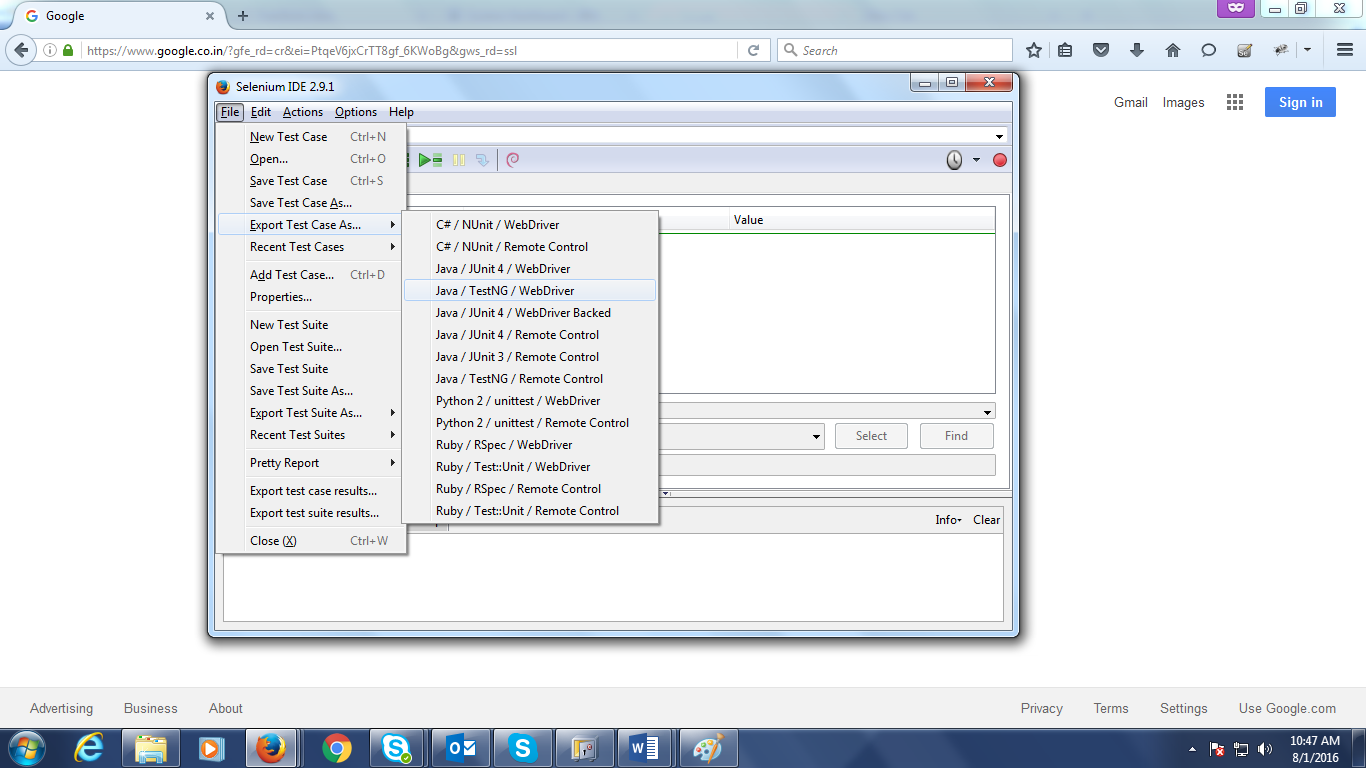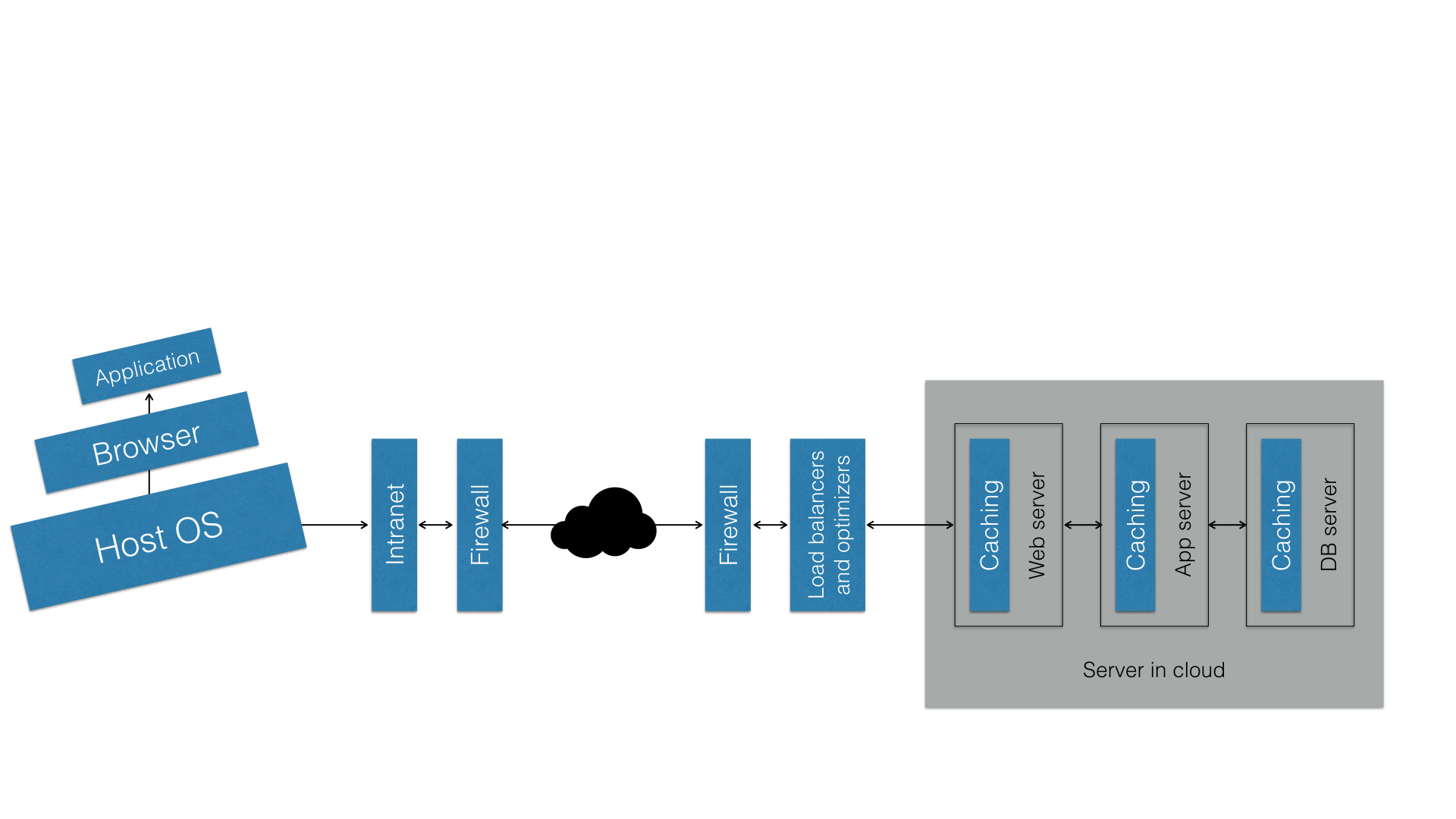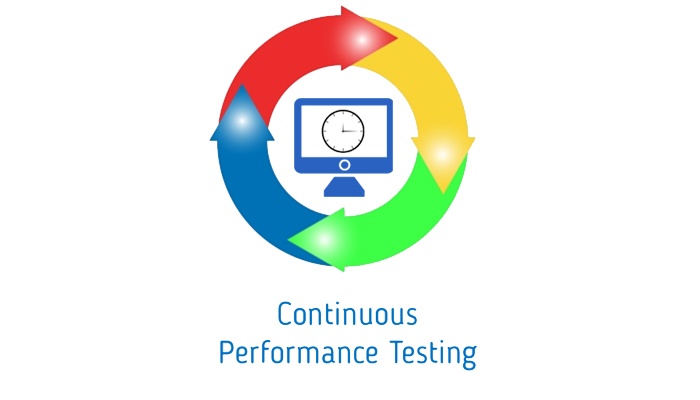The Pareto chart is a test reporting tool. The Pareto chart graphically shows where significant problems and causes are in a process. Pareto Chart is one of the most effective tools for management and can use to identify steps needed for setting priorities. This way, the management can find out the severity and causes of the problems and can prioritize tasks, risks, activities and causes.

A Pareto chart can be used when data is available or can be readily collected from a process. The use of this tool occurs early in the continuous improvement process when there is a need to find out frequency of problems and causes. We can focus on some of the more vital problems and their respective root causes related to these problems.
Pareto chart is based on the 80/20 principle which essentially means that 80% of problems come from 20% of the causes. This technique provides the ability to:
- Categorize problems/issues usually by content or cause factors such as:
- Content: Type of defect, place, position, process, time, etc.
- Cause: Tools, project input, project execution, client communication, resources etc.
- Identify the causes and characteristics that contribute most to a problem.
- Decide which problem to solve or causes of a problem to work on first.
- Understand the effectiveness of the improvement by doing pre- and post-improvement charts.
Testers who follow Pareto chart as much as possible see continuous process improvement and to avoid making the same mistakes again.
Happy Testing!




